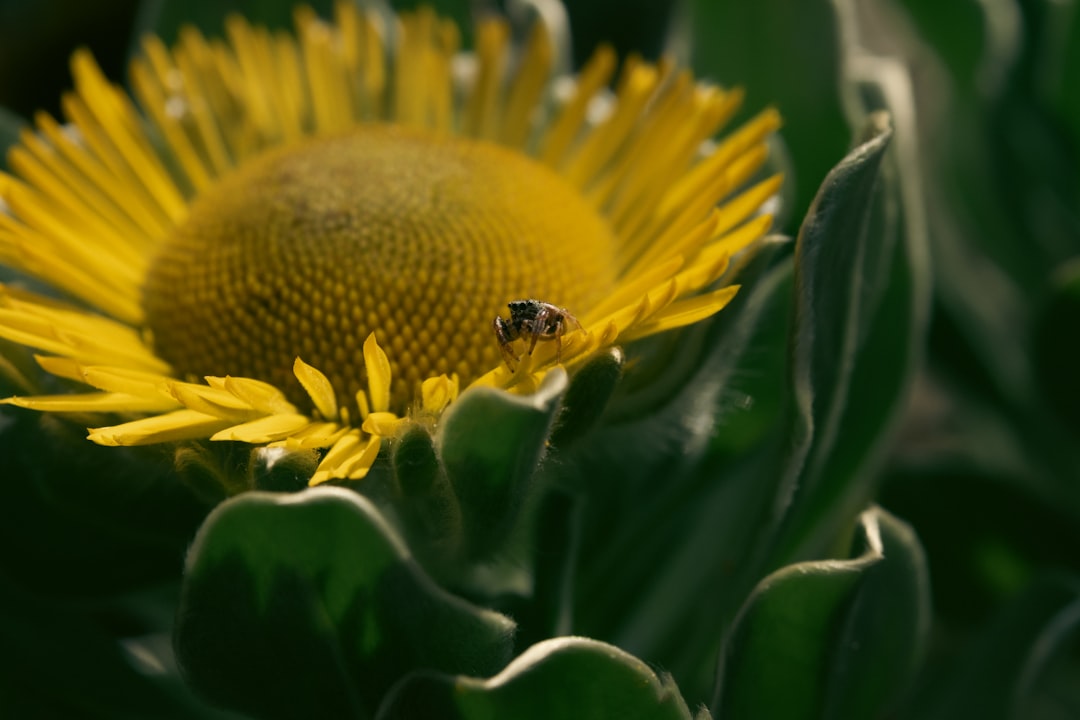The Enchanting World of Japanese Skimmia in Your Garden

When it comes to creating a beautiful and low - maintenance garden, Japanese skimmia stands out as an excellent choice. This evergreen shrub is a gem for those looking to add a touch of elegance to shaded areas of their landscape. In this article, we will delve into everything you need to know about planting, growing, and landscaping with Japanese skimmia.
### Introduction to Japanese Skimmia
Japanese skimmia, scientifically known as Skimmia japonica, is a native of Japan, China, and Southeast Asia. It is a slow - growing, compact shrub that typically reaches a height of 2 to 4 feet and a similar spread. The plant is prized for its glossy, leathery leaves that remain green throughout the year, providing a constant source of color in the garden, especially during the winter months when many other plants have lost their foliage.
### Planting Japanese Skimmia
#### Choosing the Right Location
One of the key features of Japanese skimmia is its preference for shade. It thrives in areas that receive dappled sunlight or partial shade. Direct sunlight, especially during the hot afternoon hours, can scorch the leaves and cause damage to the plant. When selecting a location for planting, look for spots under the canopy of trees, on the north side of buildings, or in areas that are shaded by other large shrubs. The soil should be well - drained, rich in organic matter, and slightly acidic. A soil pH between 5.5 and 6.5 is ideal for the healthy growth of Japanese skimmia.
#### Planting Process
Before planting, prepare the soil by digging a hole that is twice as wide and as deep as the root ball of the plant. Loosen the soil at the bottom of the hole to encourage root growth. Gently remove the plant from its container and loosen the roots if they are tightly packed. Place the plant in the hole, making sure that the top of the root ball is level with the surrounding soil. Backfill the hole with soil, firming it gently around the base of the plant. Water the plant thoroughly after planting to settle the soil and eliminate any air pockets.
### Growing Japanese Skimmia
#### Watering
Japanese skimmia requires regular watering, especially during the first year after planting to establish a strong root system. Keep the soil consistently moist but not waterlogged. During dry periods, water deeply once or twice a week. As the plant matures, it becomes more drought - tolerant, but it still benefits from occasional deep watering during extended dry spells.
#### Fertilizing
Apply a slow - release, acidic fertilizer in the spring to promote healthy growth. Follow the manufacturer's instructions for the appropriate amount to use based on the size of the plant. Avoid over - fertilizing, as this can lead to excessive growth and may make the plant more susceptible to pests and diseases.
#### Pruning
Pruning is generally not necessary for Japanese skimmia, as it has a naturally compact and rounded shape. However, if you need to shape the plant or remove any dead, damaged, or diseased branches, do so in the late winter or early spring before new growth begins. Use sharp, clean pruning shears to make clean cuts.
### Landscaping with Japanese Skimmia
#### Border Planting
Japanese skimmia makes an excellent border plant. Its low - growing habit and attractive foliage can create a defined edge for flower beds, walkways, or driveways. Plant them in a row, spacing them about 2 to 3 feet apart, to form a continuous and visually appealing border.
#### Container Gardening
Due to its compact size, Japanese skimmia is well - suited for container gardening. Plant it in a large, well - drained container filled with a high - quality potting mix. Place the container in a shaded area on a patio, balcony, or porch. Container - grown Japanese skimmia can add a touch of greenery to small outdoor spaces.
#### Underplanting Trees
Use Japanese skimmia as an underplanting beneath large trees. Its shade tolerance allows it to thrive in the limited light conditions under the tree canopy. The contrast between the tree's large leaves and the skimmia's smaller, glossy foliage can create an interesting and layered look in the landscape.
In conclusion, Japanese skimmia is a versatile and low - maintenance shrub that can enhance the beauty of any garden. With proper planting, growing, and landscaping techniques, you can enjoy the benefits of this evergreen shrub for years to come.